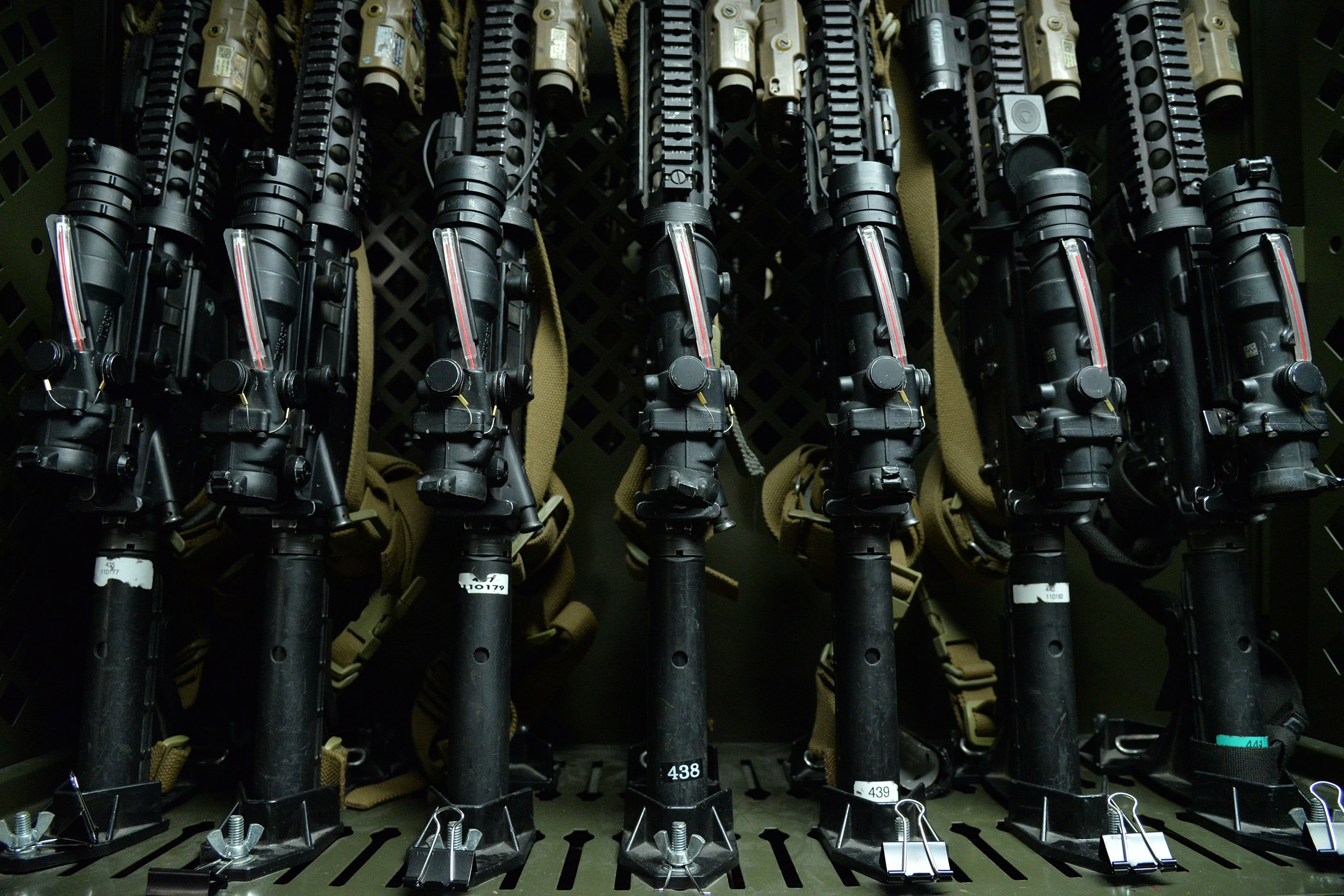
October 24, 2019
When it comes to mass shootings, the United States is tragically in a class of its own. There are more mass public shootings in the US than in any other country in the world (Lankford, 2016). By some estimates the United States has experienced 318 mass public shootings between 1966 and 2017 (Capellan, Johnson, Porter, & Martin, 2019). These attacks resulted in 1,167 dead and 1,777 injured victims. Unfortunately, mass public shootings show no signs of slowing down. Most research indicates that the rate of mass public shootings has been accelerating over time. For example, Joel Capellan finds that in the 1970s a mass shooting occurred, on average, every 608 days. By the current decade, a mass public shooting occurred, on average, every 20 days. Due to their reoccurring and devastating nature, mass public shootings are starting to be considered a major public health hazard.
Research on mass public shootings has focused almost exclusively on either the characteristics of offenders or the causes leading to these massacres. Although this research is invaluable to our theoretical understanding of the sociological and psychological factors that lead to mass public shootings, it has yet to provide an actionable understanding of how to prevent or mitigate the lethality of these massacres. In this policy report, we argue that prevention requires us to refocus our attention from why to how mass public shootings happen. To this end, we deconstruct mass public shootings into a series of stages and decisions and explore various opportunities for intervention. We analyze the motivations, preparatory behaviors, execution, and conclusion of 318 mass public shootings in the United States between 1966 and 2017. Furthermore, we offer some potential policy solutions to exploit these opportunities for intervention.